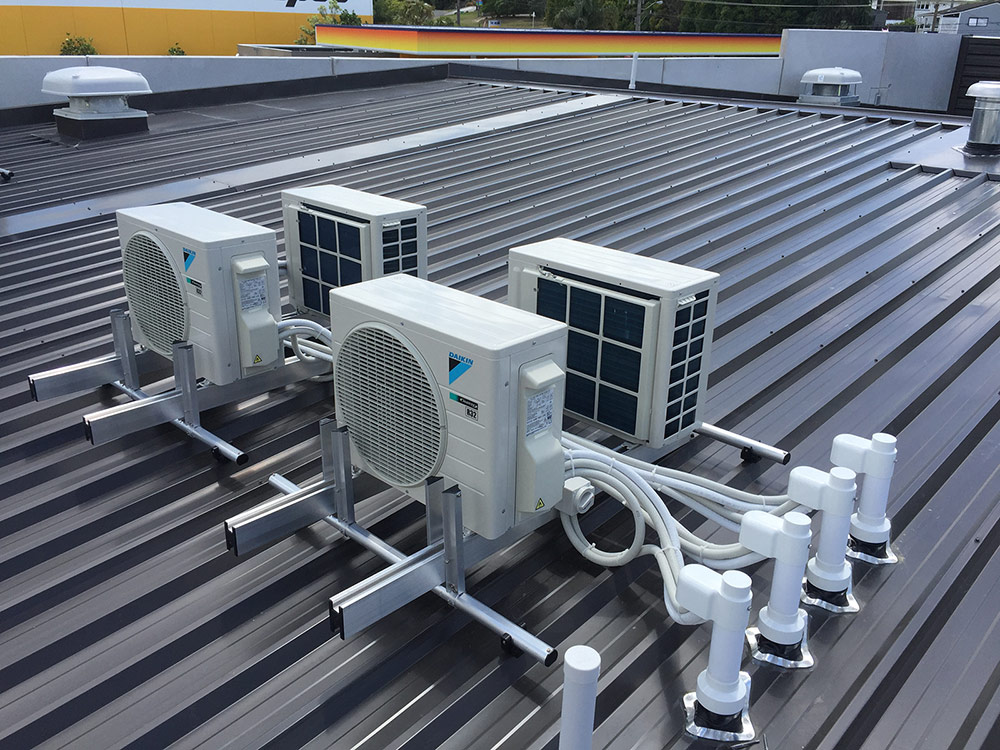Heating the Future: The Air Source Heat Pump Endeavor
Air source heat siphons (ASHPs) are progressively perceived as a suitable, energy-productive answer for both warming and cooling in private and business settings. As the world looks for economical options in contrast to conventional warming and cooling frameworks, ASHPs stand apart because of their effectiveness, flexibility, and ecological advantages.
What is an Air Source Intensity Siphon?
An air source heat siphon is a framework that moves heat between within a structure and the external air. Dissimilar to ordinary warming frameworks that produce heat, ASHPs use a refrigerant and a blower to retain heat from the external air and delivery it inside. In the mid year, the cycle can be switched to cool the inside of the structure by removing intensity to the outside.
How In all actuality do Air Source Intensity Siphons Work?
The activity of an ASHP includes a few critical parts and steps:
Evaporator Curl: The refrigerant retains heat from the external air in the evaporator loop, making the refrigerant vanish into a gas.
Blower: The gas is packed, raising its temperature and tension.
Condenser Loop: The warmed, compressed gas delivers its intensity when it is consolidated once more into a fluid in the condenser curl. This intensity is then moved to the structure’s warming framework.
Development Valve: The refrigerant goes through an extension valve, bringing down its tension and temperature, prepared to begin the cycle once more.
Sorts of Air Source Intensity Siphons
There are two primary kinds of ASHPs:
Aerial Intensity Siphons: These exchange õhksoojuspumba projekt heat between the external air and the air inside the structure. They are generally utilized for space warming and cooling.
Air-to-Water Intensity Siphons: These exchange heat from the external air to water, which can then be utilized for space warming, including underfloor warming frameworks, and homegrown boiling water.
Benefits of Air Source Intensity Siphons
Energy Effectiveness: ASHPs can accomplish efficiencies of 300-400%, meaning they produce three to multiple times more energy than they consume. This high effectiveness brings about huge energy reserve funds contrasted with regular warming frameworks.
Ecological Advantages: By utilizing inexhaustible intensity from the air, ASHPs decrease dependence on petroleum derivatives, cutting ozone depleting substance emanations. This adds to endeavors to battle environmental change.
Flexibility: ASHPs give both warming and cooling, offering an all year environment control arrangement.
Low Working Expenses: Notwithstanding higher beginning establishment costs, the functional reserve funds after some time can make ASHPs more efficient. Furthermore, support prerequisites are ordinarily lower than for customary frameworks.
Government Impetuses: Numerous state run administrations offer motivating forces, discounts, and tax breaks to support the reception of ASHPs, further diminishing the monetary weight on mortgage holders and organizations.
Difficulties and Contemplations
Introductory Expense: The forthright expense of buying and introducing an ASHP can be higher than conventional warming frameworks. Be that as it may, this can be counterbalanced by long haul energy investment funds and accessible motivators.
Effectiveness in Cool Environments: While current ASHPs are intended to work proficiently in many temperatures, their presentation can diminish in very chilly environments. Supplemental warming might be expected in such circumstances.
Clamor: Some ASHP units can be loud, especially the outside parts. Guaranteeing appropriate establishment and picking models with low commotion levels can relieve this issue.
